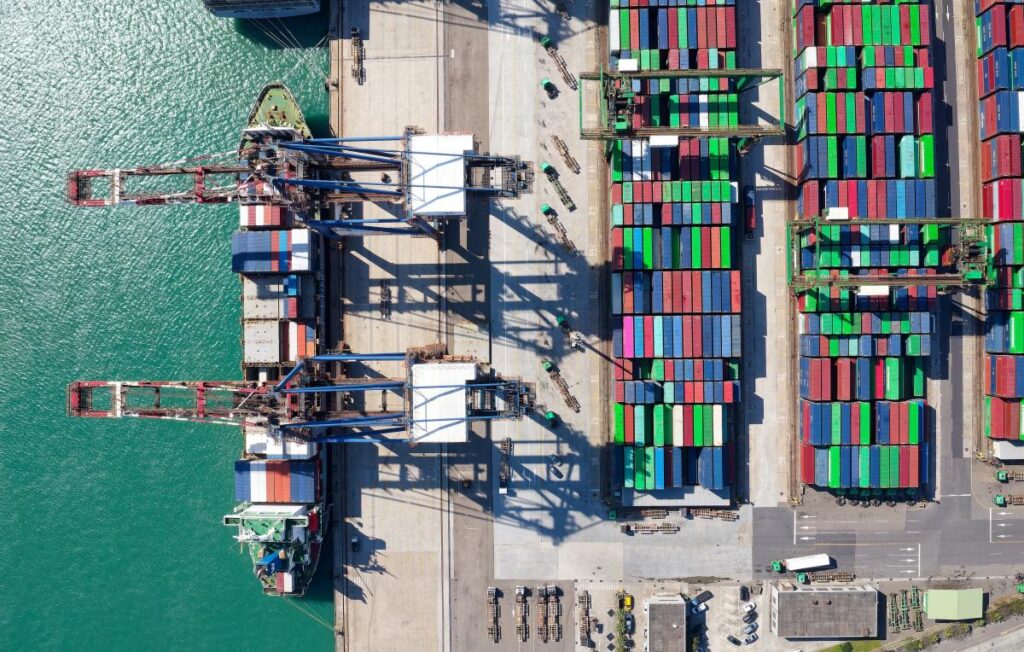A tariff is essentially a tax on imported goods, primarily instituted by governments to protect local jobs and industries from foreign competition. By imposing tariffs, the rationale is that domestic products become more appealing due to increased costs of imported equivalents. For example, a 10% tariff on a Japanese car priced at $50,000 would raise its cost to $55,000, making a comparably priced American-made vehicle more attractive to consumers. The tariff system came to the forefront during Donald Trump’s presidency when he introduced tariffs on approximately $380 billion worth of goods in 2018 and 2019, thereby marking a significant departure from longstanding free trade practices. Ahead of his prospective second term, Trump has signaled intentions to escalate these tariffs further, proposing new tariffs ranging from 10% to 20% on imports and an additional 60% specifically on goods from China. Understanding how tariffs function, why they are enacted, and their broader effects is essential, as these measures have far-reaching implications on various socio-economic levels.
Countries implement tariffs for a multitude of reasons, reflecting the diverse economic landscapes and objectives unique to each nation. Initially, tariffs serve as a revenue tool for governments; historically, they were a substantial source of income for the U.S. until the federal income tax emerged in the twentieth century. Today, tariffs contribute only a minimal percentage to the revenue of developed nations, such as the U.S. and EU countries, where they generate less than 2% of federal income—contrasting sharply with developing nations that rely heavily on tariff revenues, often having rates exceeding 17%. Besides revenue generation, another common justification for imposing tariffs is to protect local jobs and industries. Past examples, like the Smoot-Hawley Tariff Act following the 1929 stock market crash, exemplify how tariffs are strategically utilized to shield domestic markets, particularly within the agrarian sector during times of economic downturn.
A pressing factor for governments when considering tariffs is national security. Countries may levy tariffs to reduce reliance on foreign imports regarded as critical for defense purposes, exemplified by Trump’s increased tariffs on steel and aluminum due to their military applications. While Congress traditionally exercises authority over tariffs, the President can leverage this power unilaterally in defense matters. Additionally, the global trade framework, represented by organizations like the World Trade Organization (WTO), allows countries to impose tariffs as a means to address human rights grievances or combat unfair trade practices such as “dumping,” where companies export goods at artificially low prices to gain market dominance. This led to President Biden following suit by maintaining many of Trump’s tariffs and implementing new levies against Chinese goods in response to accusations of dumping practices regarding electric vehicles and semiconductors.
The dynamics surrounding tariffs are complex, especially when one nation’s tariff policy incites retaliatory measures from another, often leading to trade wars. The Smoot-Hawley Act serves as a historical lesson, as its tariffs triggered European nations to retaliate, contributing to prolonged economic distress during the Great Depression. Recently, Trump’s tariffs on Chinese products were met with corresponding tariffs by China, illustrating a cycle of escalation that complicates international trade relationships. These retaliatory tariffs make tariffs a focal issue not only for policymakers but for consumers who may ultimately bear the costs. Contrary to popular belief, companies importing goods—to whom the tariffs are levied—typically pass these costs onto consumers. The marked increases in retail prices for everyday products, like shoes and electronics, stemming from tariffs on imports underscore the pervasive effects of these policies, as higher costs inevitably lead to higher prices for consumers.
While the immediate effect of tariffs on prices is significant, their broader impact on the job market is contentious. Supporters argue that tariffs can revitalize local industries, illustrated by job creation in sectors like steel and aluminum due to reduced foreign competition. However, critics point out the ripple effect on other sectors, especially agriculture, where retaliatory tariffs can damage export markets and lead to job losses. For instance, U.S. soybean exports fell drastically in the wake of Chinese tariffs, underscoring the interconnectedness of industries. Moreover, while tariffs are intended to safeguard jobs in certain sectors, industries reliant on imported materials often face increased operational costs that can lead to job losses, creating a significant debate around the net employment effects of such policies.
Finally, the implications of tariffs extend into discussions about inflation. Though tariffs undoubtedly lead to price increases, the overall impact on broader inflation metrics is relatively limited, affecting specific sectors rather than the economy as a whole. The assessment by experts suggests that the removal of tariffs would have provided minimal relief during inflationary surges tied to the COVID-19 pandemic, confirming that tariffs are not a primary driver of overall consumer price increases. As the political landscape evolves, particularly as we approach the upcoming electoral season, tariffs will remain a vital topic among candidates. Trump’s proposals to further escalate tariffs, potentially replacing income taxes, have drawn skepticism from economists, who stress that such a transition would fundamentally undermine economic stability. Different types of tariffs, including ad valorem and specific tariffs, demonstrate the multiple strategies employed to levy duties on imports, making it clear that the nuances of tariff policies are crucial for understanding their economic implications and the broader context of international trade relations.

